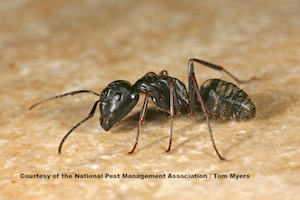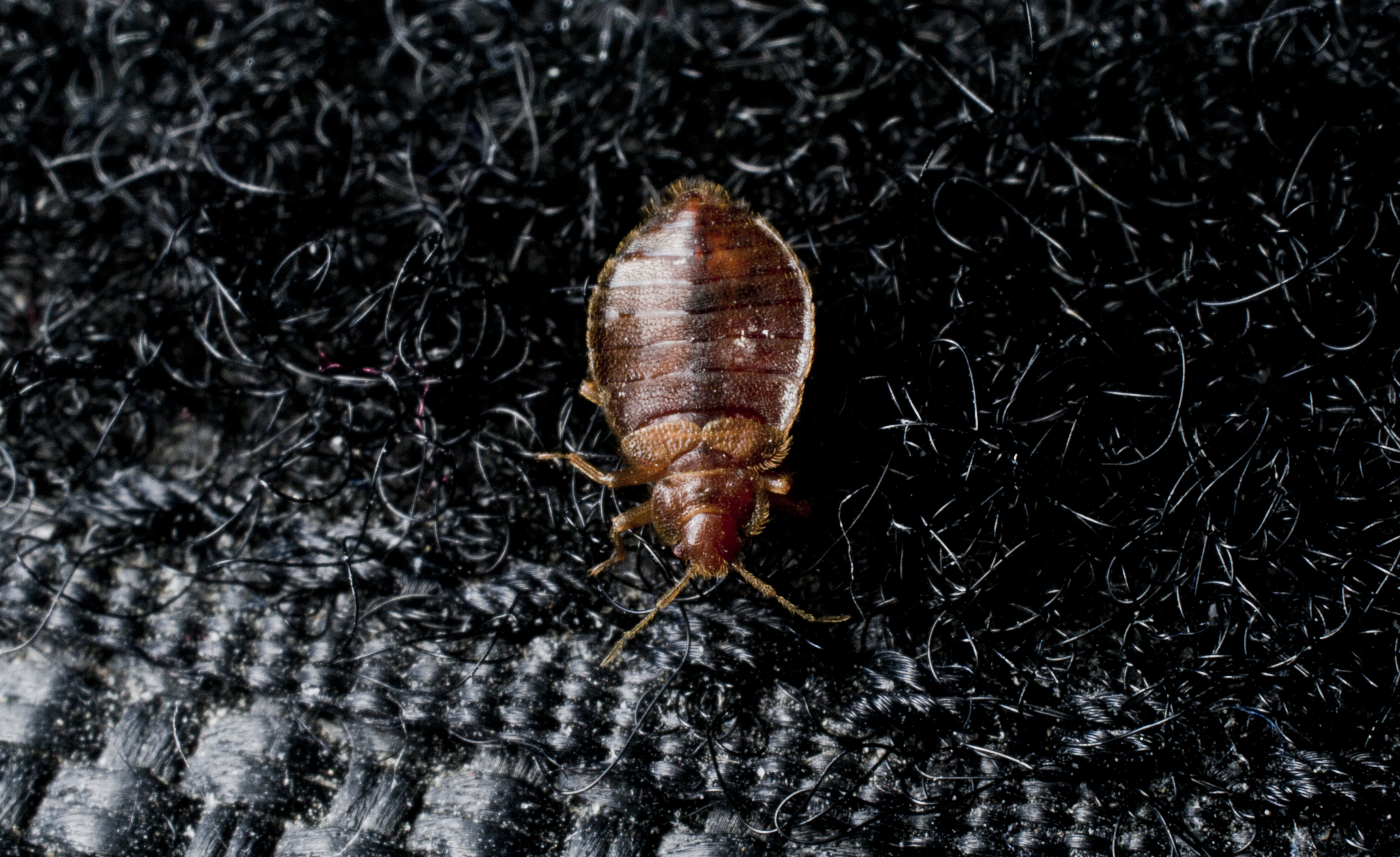
Termite FAQ
- What are termites?
- Are there different kinds of termites?
- How do you recognize termites?
- How much damage do termites cause?
- When does a homeowner see termites?
- What can a homeowner do to prevent termites?
- How are termites controlled?
- What is the most effective type of termite treatment?
- How difficult are termites to treat?
What are termites?
Termites are wood-destroying insects. Their presence dates back to the dinosaurs. While they play an important role in nature, experts estimate they cause $5 billion of property damage each year.
Are there different kinds of termites?
Yes, the three major kinds of termites in the United States are dampwood, drywood and subterranean. Dampwood termites commonly live in heavily forested areas of the country as they prefer wet wood; while, drywood termites, much more rare in the United States, prefer extremely dry wood. Subterranean termites require moist environments, live mainly in the soil and are the most destructive species.
How do you recognize termites?
Depending on where you live, termite swarms may be visible in the early spring. Termites are often confused with flying ants. Telltale signs of termite infestation include soft wood in the home, mud tubes on the exterior of your home (often near the foundation) and darkening or blistering of wood structures.
How much damage do termites cause?
Termites eat 24 hours a day, 7 days a week, meaning damage to wood in and around a structure can happen very quickly. In fact, the NPMA estimates that termites cause $6.8 billion in property damage each year. The good news is that termites can be controlled with the partnership of a trained pest professional.
When does a homeowner see termites?
Homeowners are most likely to notice termites when they swarm in the early spring. A termite swarm is a sign of a likely infestation. If you notice a termite swarm on your property, contact a licensed pest professional promptly.
What can a homeowner do to prevent termites?
There are many steps a homeowner can take to help prevent termites from infesting their property. Most importantly, a homeowner should eliminate or reduce moisture in and around their home, which termites need to thrive. Divert water away from your home’s foundation by installing properly functioning downspouts, gutters and splash blocks. Reduce humidity in crawl spaces with proper ventilation. Trim vines, hedges and other vegetation to prevent them from blocking vents. Remove old form boards, grade stakes, tree trunks and roots near a building, as they may attract termites. In addition, maintain an 18-inch gap between soil and any wood portions of your home. Finally, routinely inspect the foundation of your home for signs of termite damage.
How are termites controlled?
Termites are not a pest that can be effectively treated by a homeowner. A licensed pest control professional will be able to recommend a course of action depending on many factors, including the area of the country that you live in, the size of your infestation, the termite species present and your home’s construction.
What is the most effective type of termite treatment?
The National Pest Management Association and the entire pest management industry are committed to providing highly effective treatment options for all pest issues. The most effective type of treatment depends on the severity of the infestation, the species of termite, and the location and contruction of the home. A trained and licensed pest control professional can assess each infestation individually and recommend the most effective treatment plan.
How difficult are termites to treat?
Termites cannot be effectively treated by a homeowner on their own. Pest control professionals have the training, expertise and technology to eliminate a termite infestation.

Learn About Ants
Ants are a common pest homeowners struggle to eradicate. Learn more about them!

Bed Bug Pest Guide
Traveling for the holidays this year? Be sure to keep an eye out for bed bugs! Use our Pest Guide to help identify this pest.

NPMA's What Grows There? Project
Check out NPMA's What Grows There? project to learn how pests, such as flies, cockroaches and rodents, can spread germs throughout a home.
Find a PEST PRO in your area

Learn About Ants
Ants are a common pest homeowners struggle to eradicate. Learn more about them!

Bed Bug Pest Guide
Traveling for the holidays this year? Be sure to keep an eye out for bed bugs! Use our Pest Guide to help identify this pest.

NPMA's What Grows There? Project
Check out NPMA's What Grows There? project to learn how pests, such as flies, cockroaches and rodents, can spread germs throughout a home.
